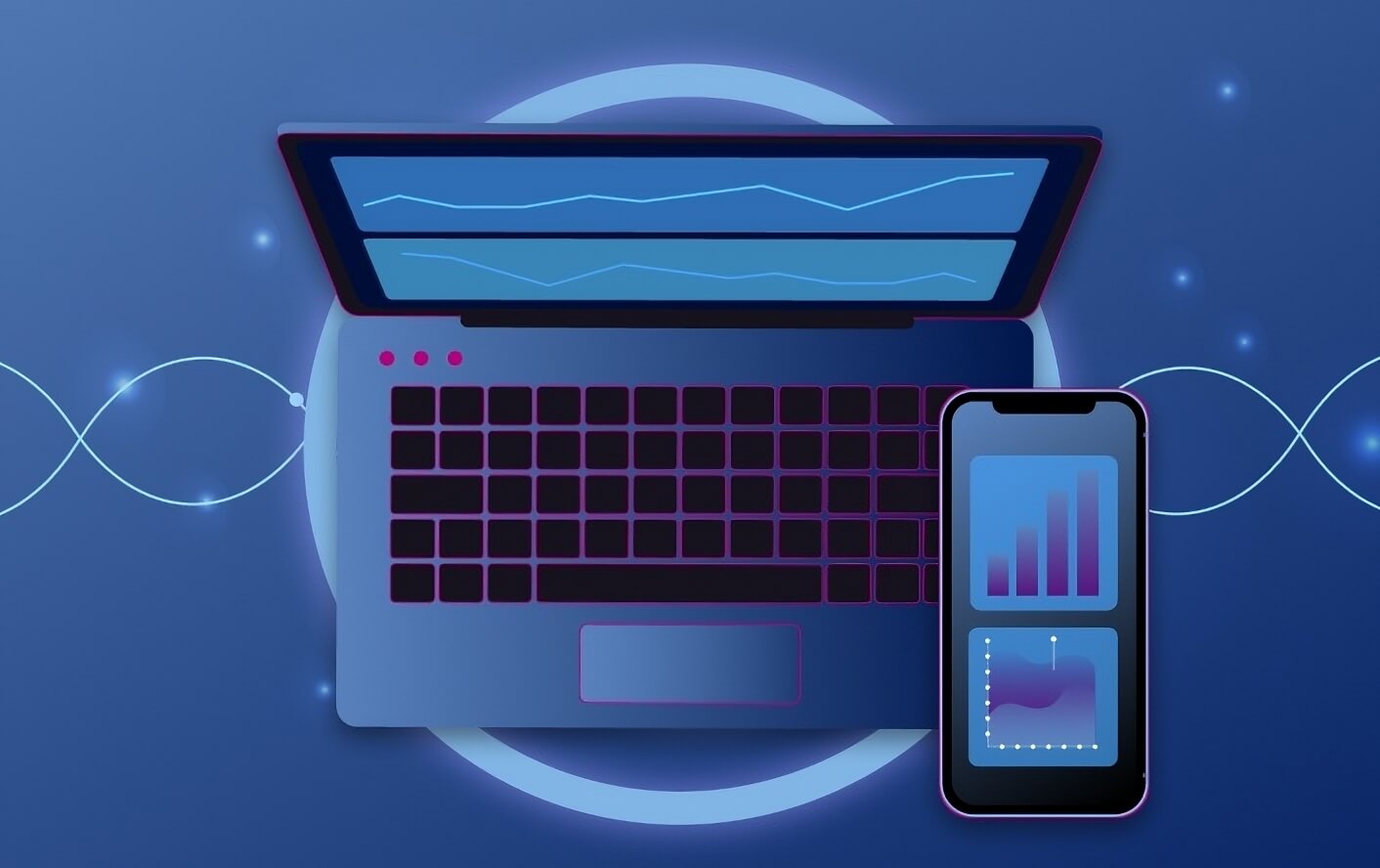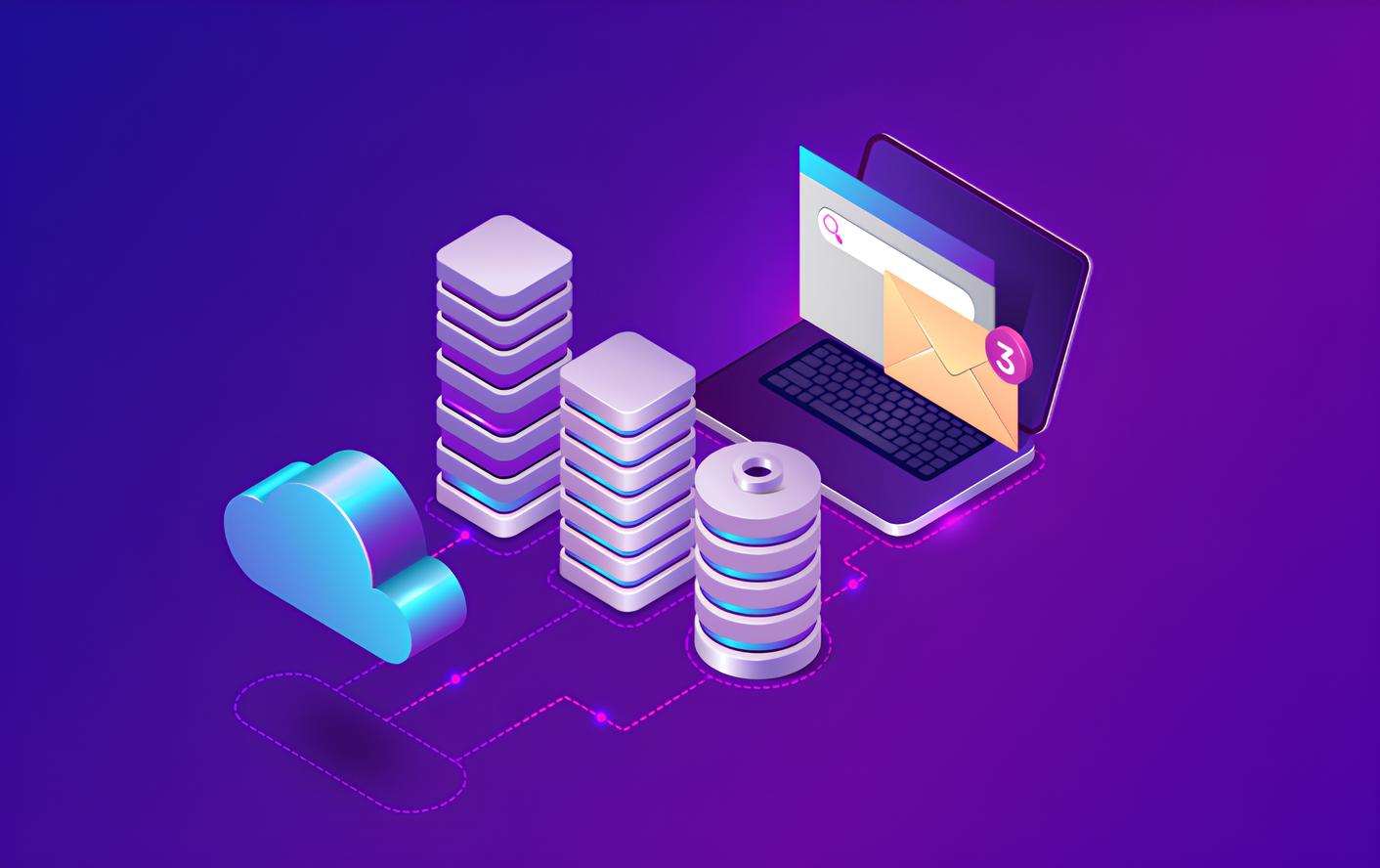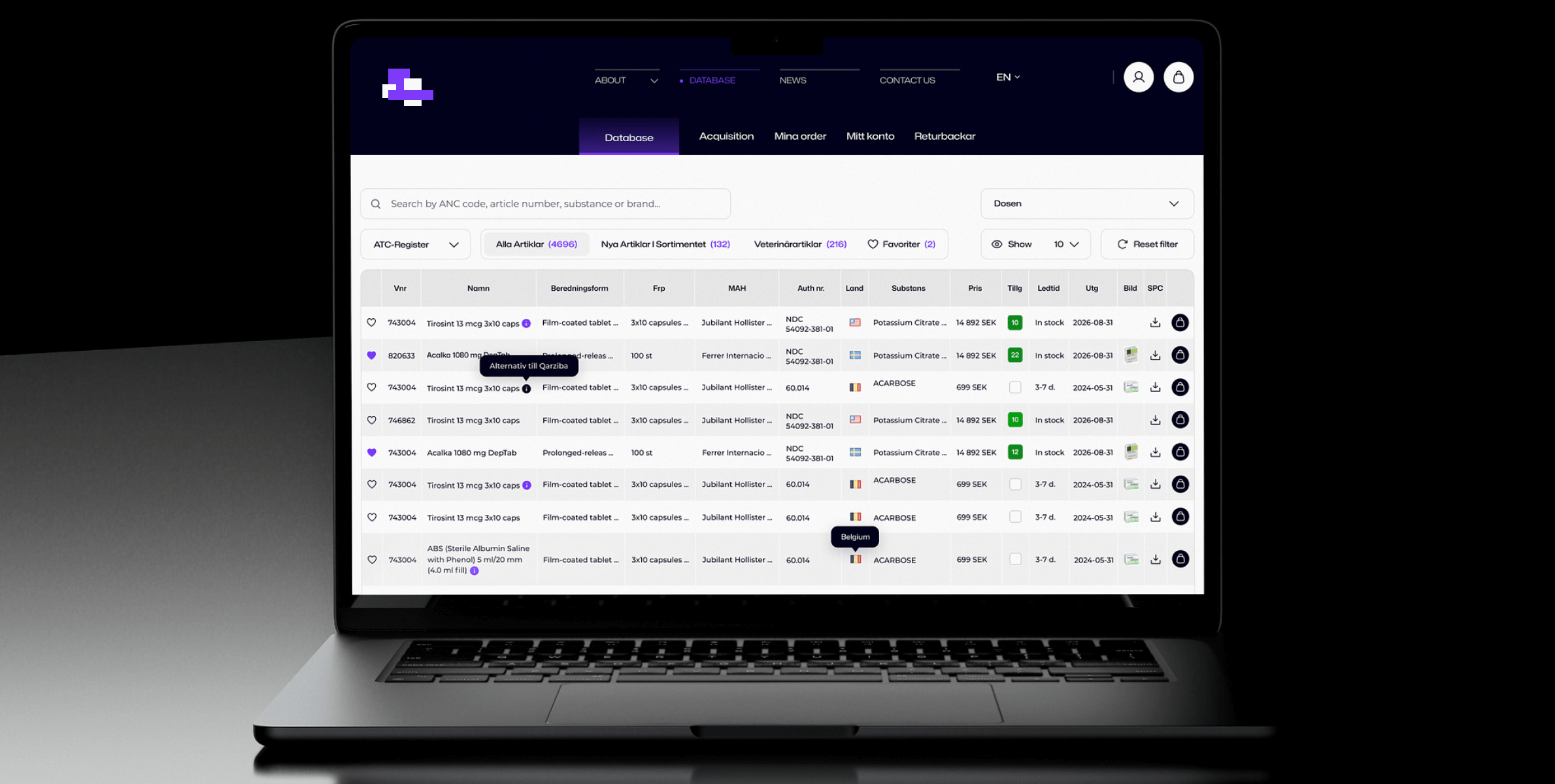Disaster Recovery Plan — The Basics You Should Know

It’s no secret that businesses today rely on technology to keep things running smoothly. It’s really important to have a disaster recovery plan (DRP) in place to make sure you can keep things running smoothly even when unexpected events occur. A DRP outlines the steps an organization must take to recover its systems and data after incidents like natural disasters, cyberattacks, or human errors. By having a well-defined plan, businesses can minimize downtime and data loss, protecting their operations and reputation.
Understanding the various types of disasters—from human errors to technology failures—helps organizations tailor their DRPs effectively. The recovery process involves assessing damage, activating the DRP, and restoring data through backups. Additionally, different DRP types cater to specific needs, such as cloud-based recovery or disaster recovery as a service (DRaaS), enhancing flexibility and effectiveness.
Implementing a DRP not only boosts security and compliance but also significantly reduces recovery time and costs. By ensuring business continuity, organizations can maintain productivity and customer trust, ultimately fostering a resilient business environment. Prepare today to safeguard your future.
Read the full article on Medium to learn more about how to protect your business from unexpected IT disasters.

 OutSoft
OutSoft


































